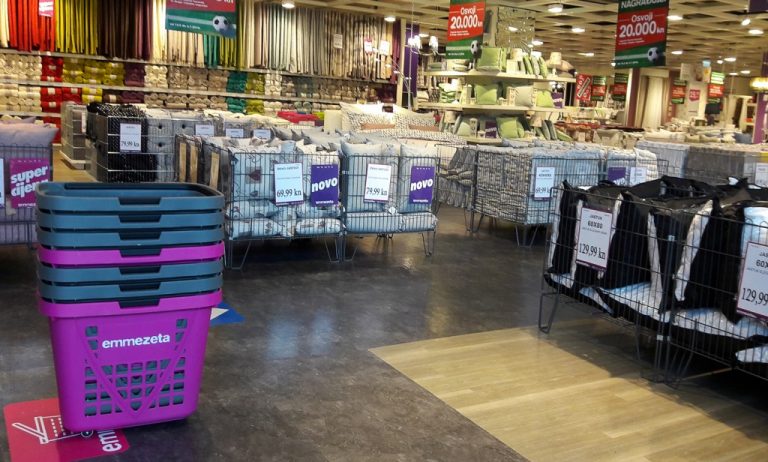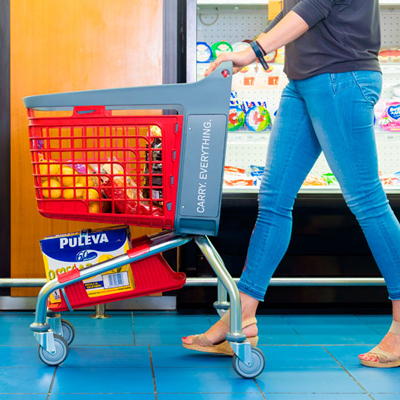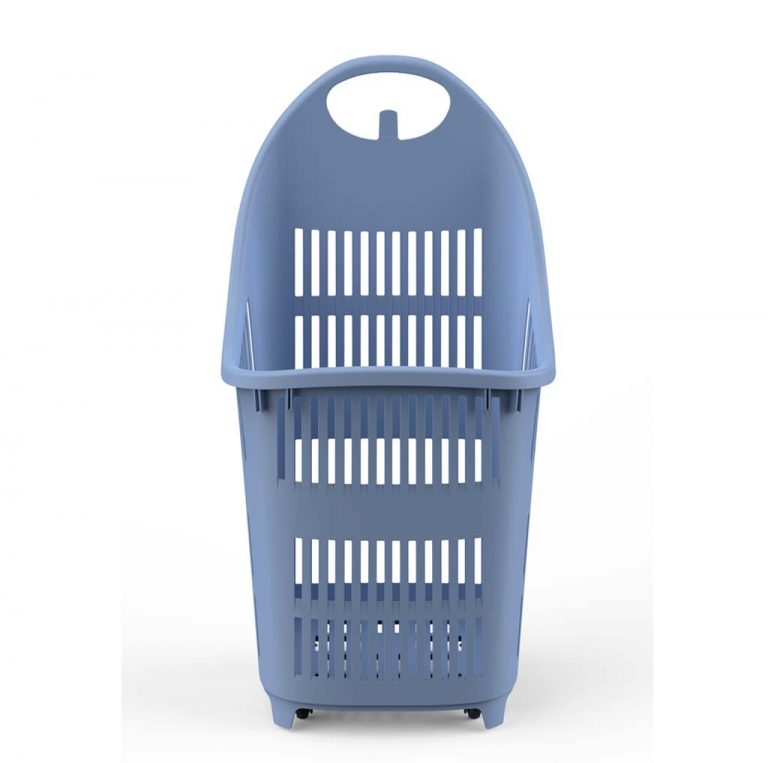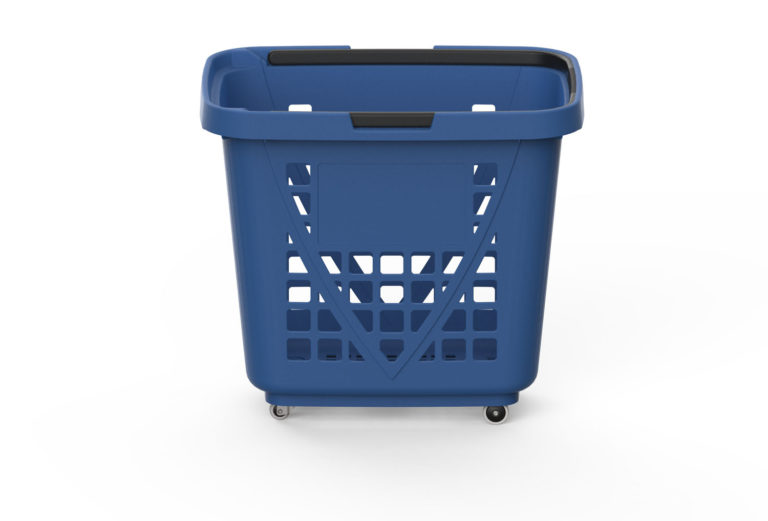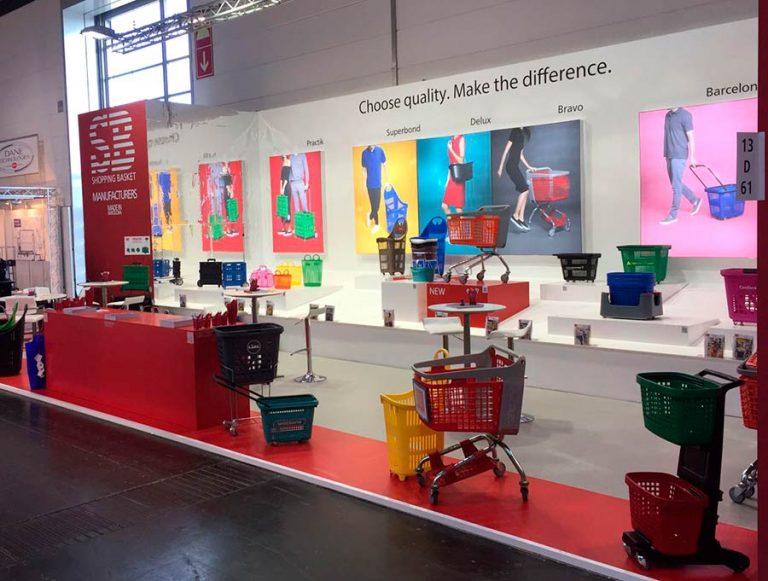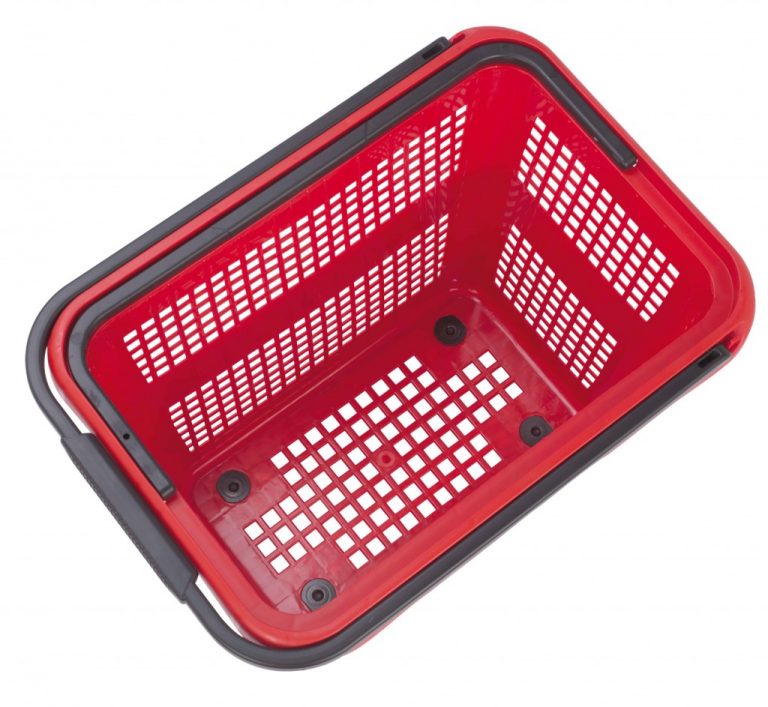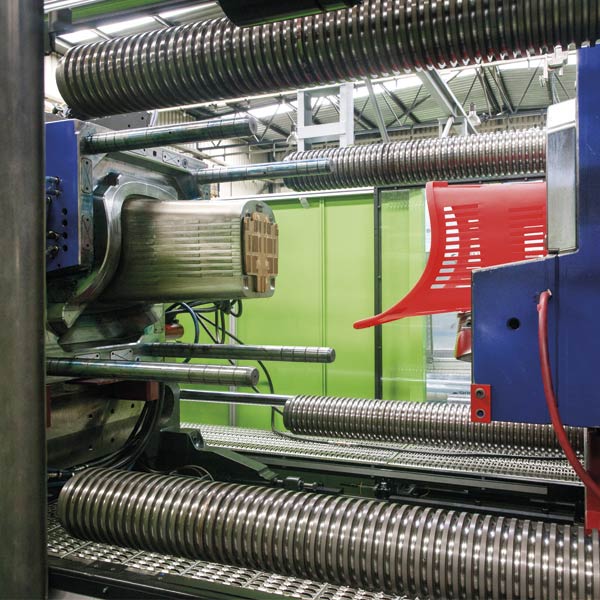Intro
There is a methodology called Catman in retail to enable companies to organize and present their products to maximize sales and customer satisfaction. Since its inception, Catman in retail has undergone several phases of evolution, adapting to the market’s changing needs and leveraging new technologies.
Today on Shopping Basket, we will discuss the main characteristics and differences between Catman 2.0 and Catman 3.0, and how these evolutions transform the retail sector.
Category Management in Stores
Catman in retail is the process of managing categories in stores, also known as Category Management, where products are organized into groups based on their importance to optimize their presentation and sales. This strategy allows retailers to analyze the performance of each category and make informed decisions to improve profitability. With the evolution of technology and consumer expectations, this methodology has gone through various stages of development, adapting to market changes and trends, each with specific characteristics and benefits.

Catman 2.0
Catman 2.0 represents a significant evolution in category management, incorporating a more customer-centric approach by utilizing advanced data to make more informed and secure decisions. Unlike Catman 1.0, which primarily focused on optimizing profitability and space, Catman 2.0 introduces:
- Detailed Data Analysis: This methodology employs advanced analytical tools to understand customer behavior and preferences better.
- Adaptability to Market Needs: Adjusts category strategies to the specific needs of different customer segments.
- Collaboration with Suppliers: Promotes greater collaboration between retailers and suppliers to create more effective category strategies.
Catman 2.0 allows retailers to make data-driven decisions, resulting in better product organization and increased customer satisfaction.
Catman 3.0: The Omnichannel Revolution
With technological advancements and the growing digitalization of the market positioning e-commerce as a primary business axis, Catman in retail has had to adapt once again. This is where Catman 3.0 comes into play. This new version takes category management to an entirely new level by integrating an omnichannel approach and leveraging emerging technologies like artificial intelligence (AI).
New Omnichannel Approach
Catman 3.0 recognizes the importance of providing a consistent and seamless shopping experience across multiple channels, whether in physical stores, online, or via mobile devices, to create a unified experience.
Artificial Intelligence and Machine Learning
AI allows for the rapid and real-time analysis of large volumes of data, helping retailers make more precise and personalized decisions. With the incorporation of this technology, it can predict which products will be in higher demand and adjust inventory accordingly.
Process Automation
Automation reduces human errors and improves operational efficiency, from inventory management to product placement on shelves.
Catman 3.0 enables retailers not only to optimize their operations but also to offer a personalized and efficient shopping experience, essential in today’s competitive environment.
Benefits of Catman 3.0 with AI
Thanks to the integration of artificial intelligence in Catman for retail, it allows for:
Accurate Demand Prediction:
AI can analyze purchasing patterns and forecast product demand with greater precision, helping to avoid stockouts or excess inventory.
Optimized Pricing:
Using advanced algorithms, retailers can adjust prices in real time to maximize sales and profitability.
Enhanced Customer Experience:
By personalizing product recommendations and optimizing store layouts, the shopping experience for customers can be significantly improved, boosting product sales.
Catman in retail with AI not only optimizes internal operations but also enhances customer interaction, a crucial aspect for standing out in the competitive retail environment.
Challenges and Obstacles of Catman 3.0
Despite its numerous benefits, implementing Catman 3.0 also presents certain challenges:
High Implementation Costs:
The advanced technology and infrastructure required for Catman 3.0 can be expensive, which may be a barrier for small and medium-sized enterprises.
Staff Training:
It is crucial to adequately train staff to use and leverage the new tools provided by these technologies, which requires time and resources.
Data Management:
The collection and analysis of large volumes of data require proper management to ensure the privacy and security of customer information.

Future of Catman in Retail
The future of Catman in retail seems increasingly tied to technology and innovation. With Catman 3.0 leading the way, we can expect to see even greater integration of artificial intelligence, big data analytics, and omnichannel solutions. Additionally, emerging technologies such as the Internet of Things (IoT) and augmented reality (AR) could further transform category management, offering more immersive and personalized shopping experiences.
The Evolution of Catman in Retail
The evolution of Catman in retail from Catman 2.0 to Catman 3.0 has brought innovations and improvements that are transforming how retailers manage their product categories. The integration of artificial intelligence and an omnichannel approach has changed how retailers interact with customers and manage their products. To remain competitive, retailers must adopt these innovations and continue evolving their Catman strategies. Understanding the differences in roles in this evolution, such as the buyer versus the category manager, is crucial for staying updated and learning about best practices in category management.

 Sign up for our newsletter and be the first to receive our articles!
Sign up for our newsletter and be the first to receive our articles!
